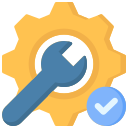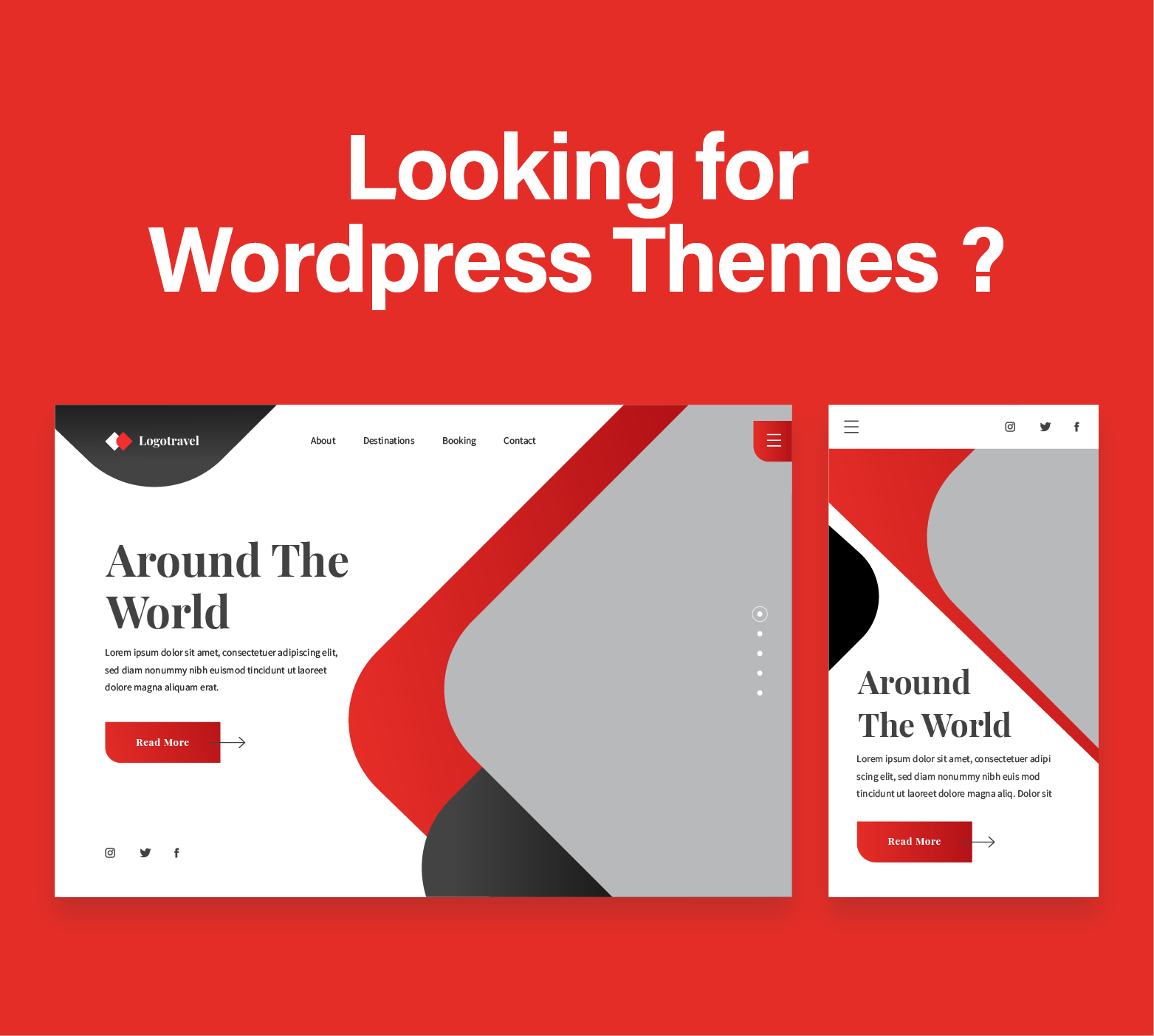Product development is the most important aspect of innovation and competitiveness in today’s fast-paced online market. As we navigate the year 2024, businesses must adopt robust strategies to bring new products to life and enhance existing ones. That is because the market asks for it.
This comprehensive guide will explore the essential steps of product development and the most effective strategies for success, plus getting your product from an idea to the market.
On top of that our team offers product development services and MVP building services from just an idea to planning, to building , to launching and to marketing through SEO for your product.
What is the product development strategy?
A product development strategy is the process of planning and development which leads to new or better products. Usually it involves conducting a lot of market research, do all kinds of tests on the product and refine the concept or product to fit the new needs of customers. As the internet and world changes, the products always need to change to fit the markets.
The Stages of Product Development
1. Ideation and Conceptualization
The journey of product development begins with ideation and conceptualization. While having an idea is important, this isn’t even 10% of the whole project. This stage is all about generating innovative ideas and conceptualizing how these ideas can be transformed into viable products. We usually start from the problem and try to find a solution, and not from the solutions that are already available out there.
Techniques such as brainstorming sessions, mind mapping, and ideation workshops are invaluable in this phase, encouraging creative thinking and laying the groundwork for the product’s vision.
In 2024, businesses can leverage advanced tools and technologies like artificial intelligence (AI) to enhance ideation. AI-driven tools can analyze market trends, customer preferences, and emerging technologies, providing a rich source of inspiration and direction for new product ideas. We like to use chat gpt for idea suggestions, feature suggestions for our saas ideas and so much more. Basically structuring our information in order to create the best product.
2. Research and Feasibility Analysis
Once a promising idea is identified, the next step is to conduct thorough research and feasibility analysis. This process usually involves understanding the market landscape, identifying target customers, and evaluating the competition in the market. Also having a lot of competition on the market doesn’t mean a bad thing, but its most likely a good thing. That means your idea has a big market.
On this stage we can identify some aspects :
- Market Research: Analyzing customer needs, preferences, and pain points. Basically try to identify the problem, and find a solution that’s better than what it is out there.
- Feasibility Studies: Assessing the technical, financial, and operational viability of the product. Check google trends, google searches, do keyword research and so on.
- Competitive Analysis: Identifying competitors and analyzing their strengths and weaknesses plus try to identify their core features and do better features for your product.
AI and machine learning (ML) can play a critical role in this stage by providing predictive analytics and data mining capabilities. These technologies help businesses make data-driven decisions, identify market opportunities, and anticipate potential challenges.
3. Design and Prototyping
With a clear understanding of the market and the feasibility of the product, the next step is to move into design and prototyping. This stage involves creating detailed designs and developing prototypes to test the product’s functionality and aesthetics. Key activities include:
- Product Design: Using computer-aided design (CAD) tools to create detailed product specifications.
- Prototyping: Building physical or digital prototypes to test and refine the product concept.
- User Testing: Gathering feedback from potential users to identify areas for improvement.
Incorporating AI in this phase can streamline the design process. AI algorithms can automate design tasks, optimize product features, and simulate user interactions, enabling faster and more accurate prototyping.
4. Development
The development phase involves turning the prototype into a final product ready for launch. This stage requires close coordination among various teams, including engineering, manufacturing, and quality assurance. Key steps include:
- Engineering: Developing the technical specifications and engineering the product.
- Manufacturing: Setting up production processes and ensuring quality control.
- Quality Assurance: Conducting rigorous testing to ensure the product meets all quality standards.
Continuous collaboration and iterative development are crucial in this phase to address any issues that arise and ensure the product aligns with the original vision.
5. Testing and Iteration
Before the product is launched, it undergoes extensive testing and iteration. Because there is nothing worse than not testing the product before launching and having your first customers encounter bugs or a crashed app. Better delay the launch with a few days or weeks until its tested and all bugs are ironed out.
This stage involves:
- Functionality Testing: Ensuring the product works as intended under various conditions.
- User Experience Testing: Evaluating the product’s usability and user satisfaction.
- Performance Testing: Assessing the product’s performance and reliability.
AI and ML can enhance testing by automating test processes and analyzing results more efficiently. These technologies can identify potential failure points, simulate user behaviors, and provide insights for rapid iteration and improvement.
6. Launch and Marketing
With the product tested and refined, it is ready for launch. This stage involves:
- Marketing Strategy: Developing a comprehensive marketing plan to reach the target audience.
- Promotions: Using advertising, promotions, and social media campaigns to create buzz.
- Sales and Distribution: Setting up sales channels and distribution networks.
A successful product launch requires a well-coordinated marketing strategy that highlights the product’s unique value proposition and differentiates it from competitors.
7. Evaluation and Feedback
The product development cycle doesn’t end with the launch. Continuous evaluation and feedback are essential to assess the product’s performance and make necessary improvements. Key activities include:
- Customer Feedback: Gathering feedback from users to understand their experiences and identify areas for enhancement.
- Performance Metrics: Analyzing key performance indicators (KPIs) such as sales, user engagement, and customer satisfaction.
- Product Iteration: Using the feedback and performance data to update and improve the product.
This iterative approach helps businesses stay responsive to market changes and customer needs, ensuring long-term success.
Effective Product Development Strategies in 2024
Agile Development
Agile development is an iterative and incremental approach that allows teams to adapt quickly to changes and continuously improve the product based on user feedback. Key principles of Agile include:
- Flexibility: Adapting to changing requirements throughout the development process.
- Collaboration: Emphasizing teamwork and communication among cross-functional teams.
- Customer Focus: Prioritizing customer satisfaction through regular feedback and iterations.
Design Thinking
Design thinking is a user-centered approach that integrates the needs of users, the possibilities of technology, and the requirements for business success. It involves five phases:
- Empathize: Understanding user needs and challenges.
- Define: Clearly defining the problem to be solved.
- Ideate: Generating a wide range of ideas and solutions.
- Prototype: Creating prototypes to test the ideas.
- Test: Gathering user feedback and iterating on the design.
Lean Startup
Popularized by Eric Ries, the Lean Startup methodology focuses on building a minimum viable product (MVP) with core functionalities to test and iterate based on customer feedback. Key principles include:
- Build-Measure-Learn: Rapidly building and testing hypotheses to learn what works.
- Validated Learning: Using data to validate assumptions and make informed decisions.
- Pivot or Persevere: Deciding whether to continue on the current path or pivot based on feedback.
Scrum
Scrum is a framework within Agile development that helps teams work together to solve complex problems and improve continuously. Key components include:
- Sprints: Time-boxed iterations that deliver a potentially shippable product increment.
- Scrum Team: A cross-functional team that collaborates to achieve common goals.
- Daily Stand-ups: Short, daily meetings to review progress and address any obstacles.
Stage-Gate Process
The Stage-Gate process divides the product development journey into stages separated by gates. Each gate represents a decision point where the continuation of the project is evaluated. Key benefits include:
- Manageability: Breaking down large projects into manageable stages.
- Accountability: Ensuring accountability at each stage through structured evaluations.
- Incremental Improvements: Allowing for continuous improvements at each stage.
Customer-Centric Development
Customer-centric development focuses on understanding and addressing customer needs and behaviors. Key practices include:
- Customer Engagement: Actively engaging with customers through interviews, surveys, and user testing.
- Feedback Integration: Incorporating customer feedback into the development process.
- User-Centric Design: Designing products that align with customer expectations and preferences.
Co-Creation with Customers
Co-creation involves customers directly in the development process, leveraging their insights and ideas to shape the product. Key benefits include:
- Innovation: Gaining innovative ideas from customers.
- User Acceptance: Increasing user acceptance and satisfaction through early involvement.
- Market Fit: Ensuring the product fits market needs and preferences.
Open Innovation
Open innovation encourages businesses to look beyond their internal resources and collaborate with external partners, research institutions, and competitors. Key advantages include:
- Diverse Ideas: Accessing a broader range of ideas and expertise.
- Faster Development: Accelerating development through collaboration.
- Risk Mitigation: Sharing risks and costs with partners.
Feature-Driven Development
Feature-driven development prioritizes features or client-valued functions, creating a model and building a feature list with specific timelines. Key practices include:
- Feature Prioritization: Identifying and prioritizing the most valuable features.
- Incremental Delivery: Delivering features incrementally for continuous feedback.
- Progress Tracking: Managing and tracking progress effectively.
Continuous Deployment
Continuous deployment involves releasing software updates in short cycles, ensuring the software can be reliably released at any time. Key benefits include:
- Rapid Iteration: Quickly deploying new features and fixes.
- User Feedback: Gaining continuous user feedback to improve the product.
- Reduced Cycle Time: Minimizing the time between conception and release.
Conclusion
Effective product development in 2024 requires a blend of creativity, strategic planning, and technological integration. By leveraging agile methodologies, AI, and user-centric designs, companies can develop products that meet market demands and exceed customer expectations. Embracing these strategies will position businesses for success in an increasingly competitive landscape.
Whether you’re looking to introduce a new product or enhance an existing one, adopting these best practices will help you navigate the complexities of product development and achieve sustainable growth.
Frequently Asked Questions
What are the key trends in product development for 2024?
Key trends include the integration of AI and ML, increased focus on sustainability, and the use of agile methodologies for faster and more adaptive product development.
How can AI and ML be integrated into product development?
AI and ML can be used for predictive analytics, automated design processes, and personalized user experiences, enhancing both the efficiency and customization of products.
What is the importance of user-centric design in product development?
User-centric design ensures products are built with the end-user in mind, leading to higher satisfaction, better user engagement, and ultimately greater product success.
How do agile methodologies benefit product development?
Agile methodologies offer flexibility, faster iteration, and continuous feedback integration, making the development process more adaptive and efficient.
What metrics are crucial for measuring product success?
Important metrics include user engagement rates, conversion rates, the success of the initial launch, and ongoing sales performance, all of which provide insight into the product’s market fit and customer appeal.
Do you need custom web development services ? Ok great, why not hire us today ?








